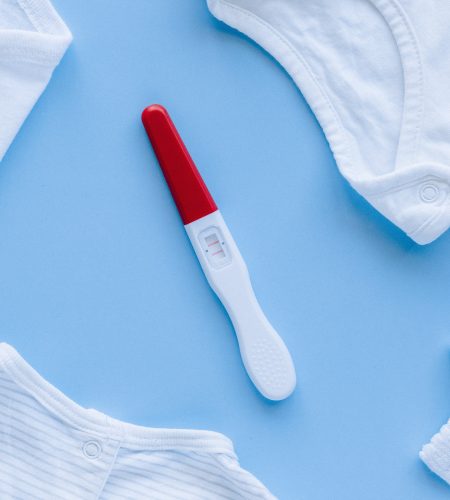
Baby’s development
During week 5 of pregnancy, both the baby and the mother undergo various changes and developments.
Embryo development:
By week 5, the embryo is approximately the size of a sesame seed. It consists of three primary layers: the ectoderm, mesoderm, and endoderm, which will eventually form different organs and tissues. The neural tube, which will develop into the brain and spinal cord, begins to form. The heart also starts to develop and beat, although it may not be detectable yet.
Organ formation
While major organs and systems are just beginning to form, the foundation is being laid. The circulatory system starts to develop, with the heart beginning to divide into chambers. The early structures of the digestive system and respiratory system are also taking shape. The placenta, which will provide essential nutrients and oxygen to the developing fetus, continues to develop.
Mother’s changes and symptoms:
Missed period: One of the early signs of pregnancy is a missed period, which indicates that implantation has occurred.
Hormonal changes: Hormones like human chorionic gonadotropin (hCG) and progesterone increase, causing various symptoms such as breast tenderness, fatigue, and mood swings.
Morning sickness: Some women may start experiencing morning sickness, which can include nausea and vomiting. However, these symptoms can vary greatly from person to person.
Increased urination: The growing uterus can exert pressure on the bladder, leading to more frequent trips to the bathroom.
Heightened sense of smell: Many women report a heightened sense of smell during pregnancy, which can contribute to food aversions or nausea.
It’s important to note that these developments and symptoms can vary from person to person, and some women may not experience certain symptoms during week 5. It’s recommended to schedule a prenatal appointment with a healthcare provider to monitor the progress of the pregnancy and ensure both the baby and mother are healthy.


Comments